Gardens everywhere sing their finest songs during the months of April and May, and the one surrounding historic Hayes Farm in Edenton, NC is no exception. As a matter of fact, it has been here since the house was built 205 years ago. The garden at Hayes is one of the oldest landscapes in America that has survived intact since it was planted in 1817, with many of the flowering plants and shrubs identified as heirloom originals. That adds up to a lot of roses.
And as any gardener will tell you, it also adds up to a lot of work. When the project at Hayes began, among the first to organize and show up were the volunteer gardeners, whose faithful work here every Tuesday has already made a remarkable contribution to the whole.
Pictured above is the newly installed arbor, which is a faithful reproduction of the original arbor designed by long-time Hayes resident, Leila Budlong Wood.
During the past month, the garden volunteers and the Hayes restoration team took up the task of reproducing the lovely old original arbor, which needed to be replaced.
As you can see, Leila Wood’s vision now has a new long life ahead, which will bring years of enjoyment to visitors at Hayes.
This rebirth would not be possible without the ongoing dedication of the Hayes gardeners, whose efforts richly deserve a standing ovation.
Elsewhere on site, the story of Richard Cox and his house at Hayes came into focus. Andrew Ownbey and Robert Leath are shown here at the beginning of the month in front of the Cox house at the start of restoration efforts.
Mr. Cox lived in this house until his death in 1931 at the age of 98.
A man of remarkable talent, Richard Cox was an artist who left behind many wonderful paintings of Hayes. Born into slavery in 1833, he served for many years as the carriage driver at Hayes, and later as the keeper of all the keys. Every day found him fully dressed in a suit and tie. A respected Edentonian, his death was front page news in the local paper. While some of his work was already being preserved here, even more Cox paintings have recently come to light. When fully restored, the Richard Cox house on the grounds at Hayes will honor his life with a full display of his work.
And as for that house, it contains at least one surprise that revealed itself during the past month.
While in the process of replacing the cedar shake siding, the team uncovered what appears to be original board-and-batten siding that no one knew existed, prompting a question about the actual age of the Cox house. Hayes was built in 1817, but board-and-batten did not come into prominence until nearly 25 years later. The answer could mean that this house is among the earliest examples of board-and-batten – or – that the Cox house was built sometime after 1840 when this type of siding was much more common. Planned dendrochronology, which is the science of tree-ring dating, will eventually tell that tale, so stay tuned.
Meanwhile, in the stunning Hayes library, a room which occupies the right flanking wing of the house, an original library table revealed another interesting fact that no one had realized. It turns out that the table, which was built either here on site at Hayes or somewhere nearby in Edenton, has a swivel top.
Built of multiple woods – mulberry, cypress, yellow pine and walnut, this table is original to the house, designed specifically for the room itself.
Two centuries of history cannot help but hold secrets, especially in a place such as Hayes, where two successive families have been faithful stewards of the house, the grounds, and most especially original furnishings, artifacts and documents. All of these now hold the promise of revealing a more complete story of Hayes, Edenton, and the entire region.
Three of the “detectives” on the case, Chris Bean, Andrew Ownbey, and Wade Rogers are shown here during a discussion of the original interior finishes in the house. Because much of the original fabric of Hayes remains in place, special care is being taken to uncover and restore as much of it as possible. That process will include a comprehensive paint analysis to help shed light on what remains.
As the month of April gives way to peonies and roses on the grounds, and extended daylight provides opportunity for extra progress, the work at Hayes Farm moves forward into the summer months with great enthusiasm. Who knows what surprises the month of May will reveal?
Photos by Tom Brennan.




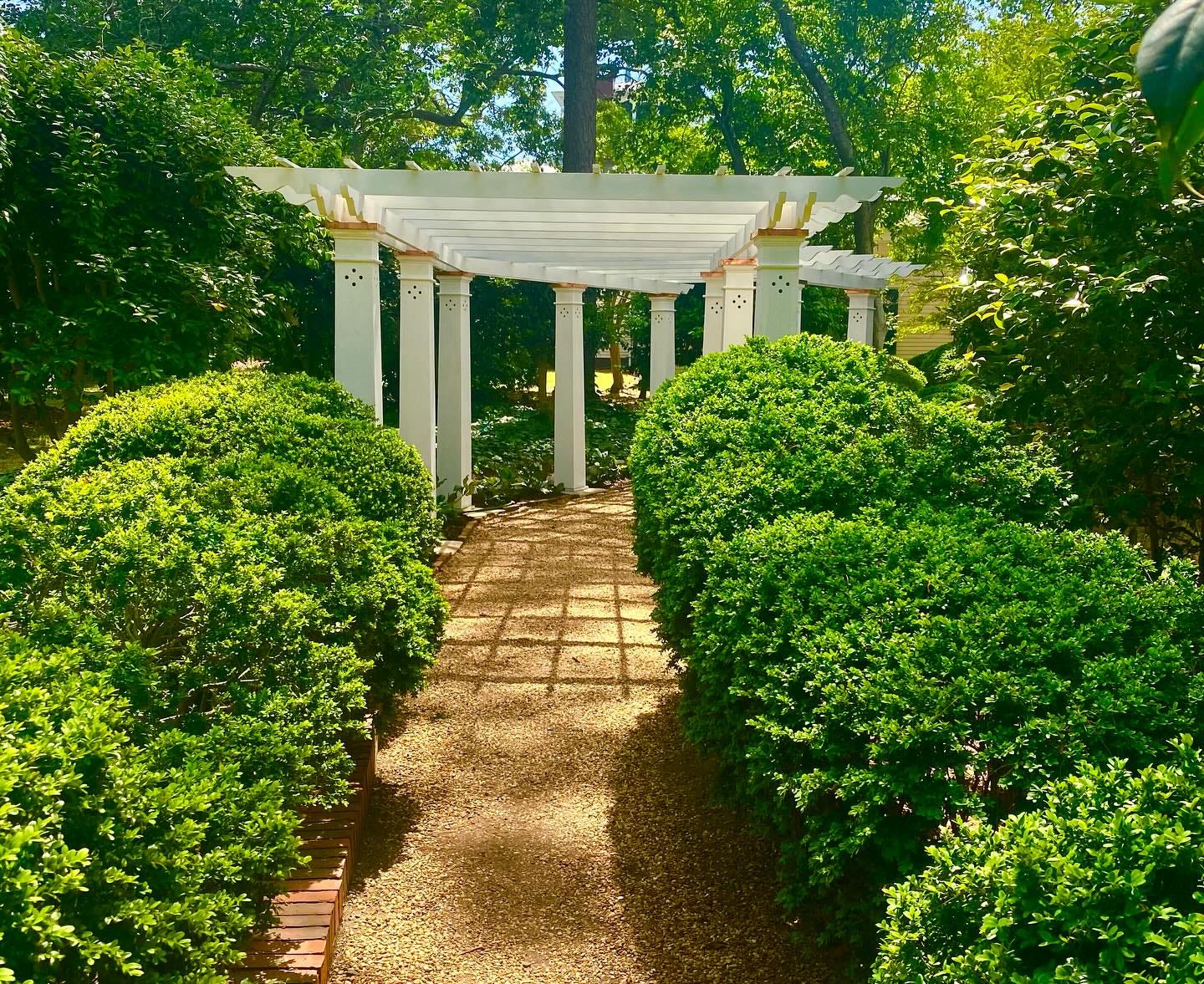
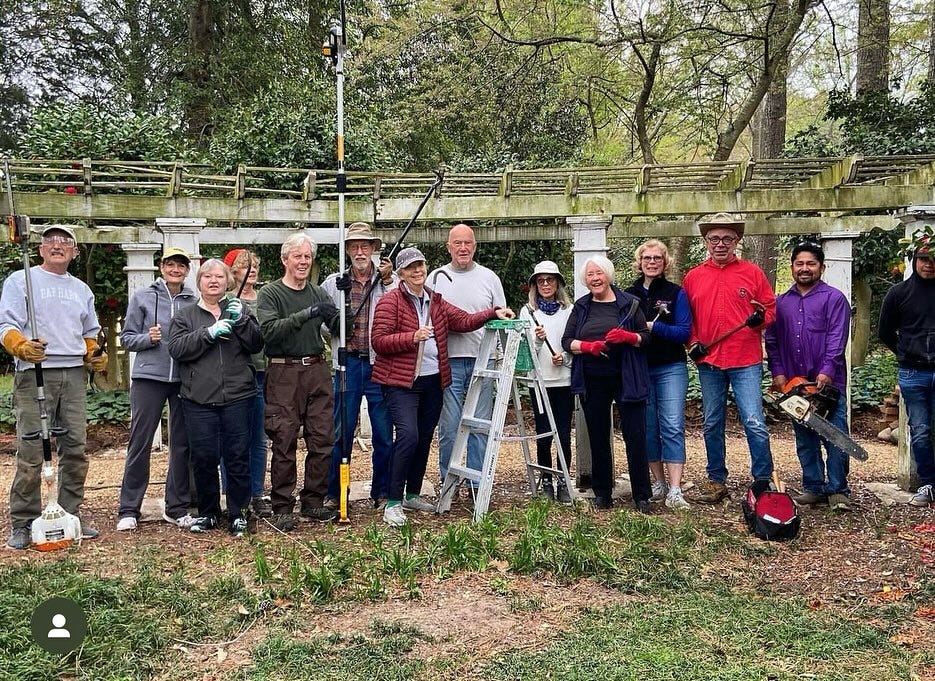
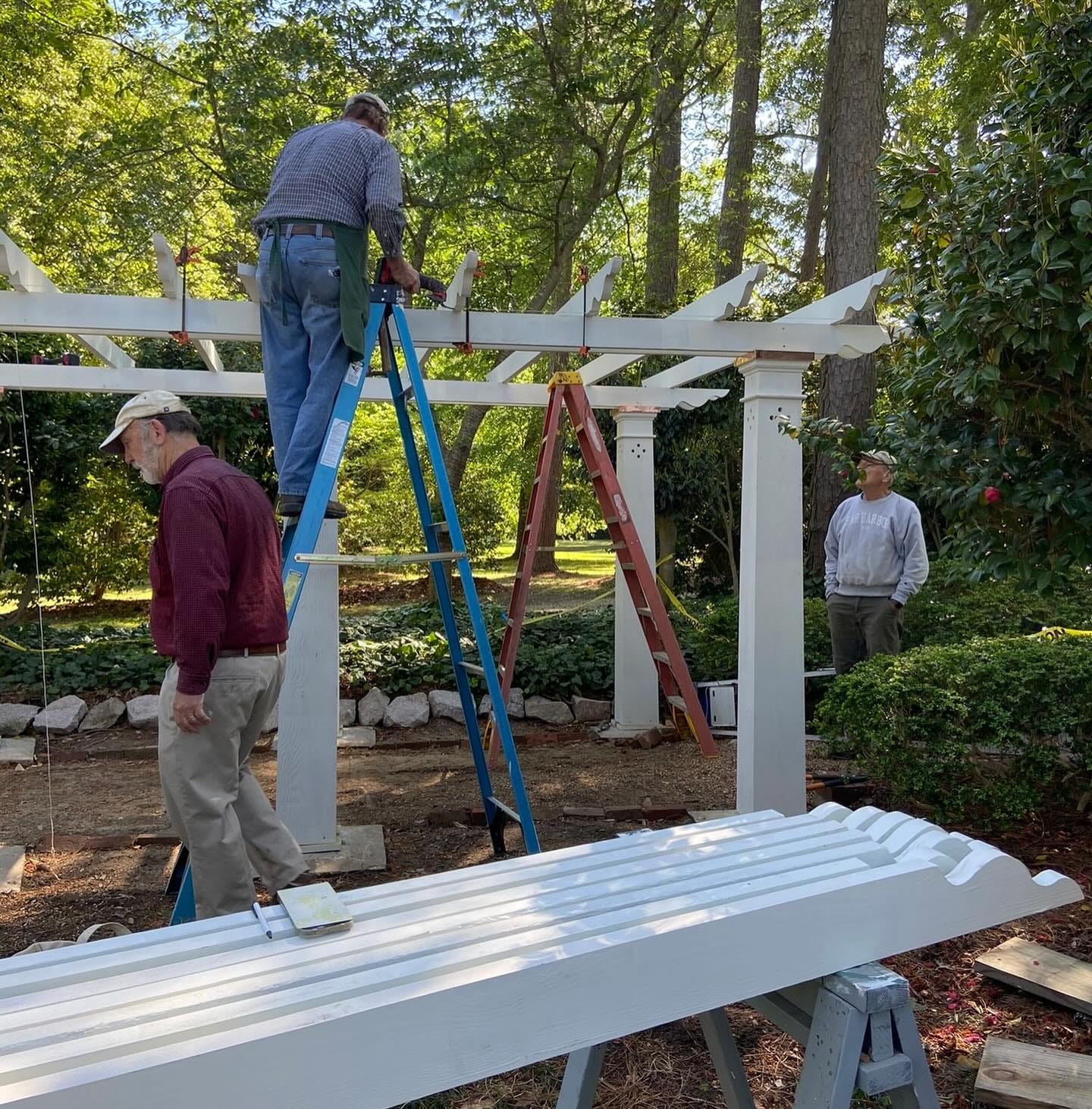
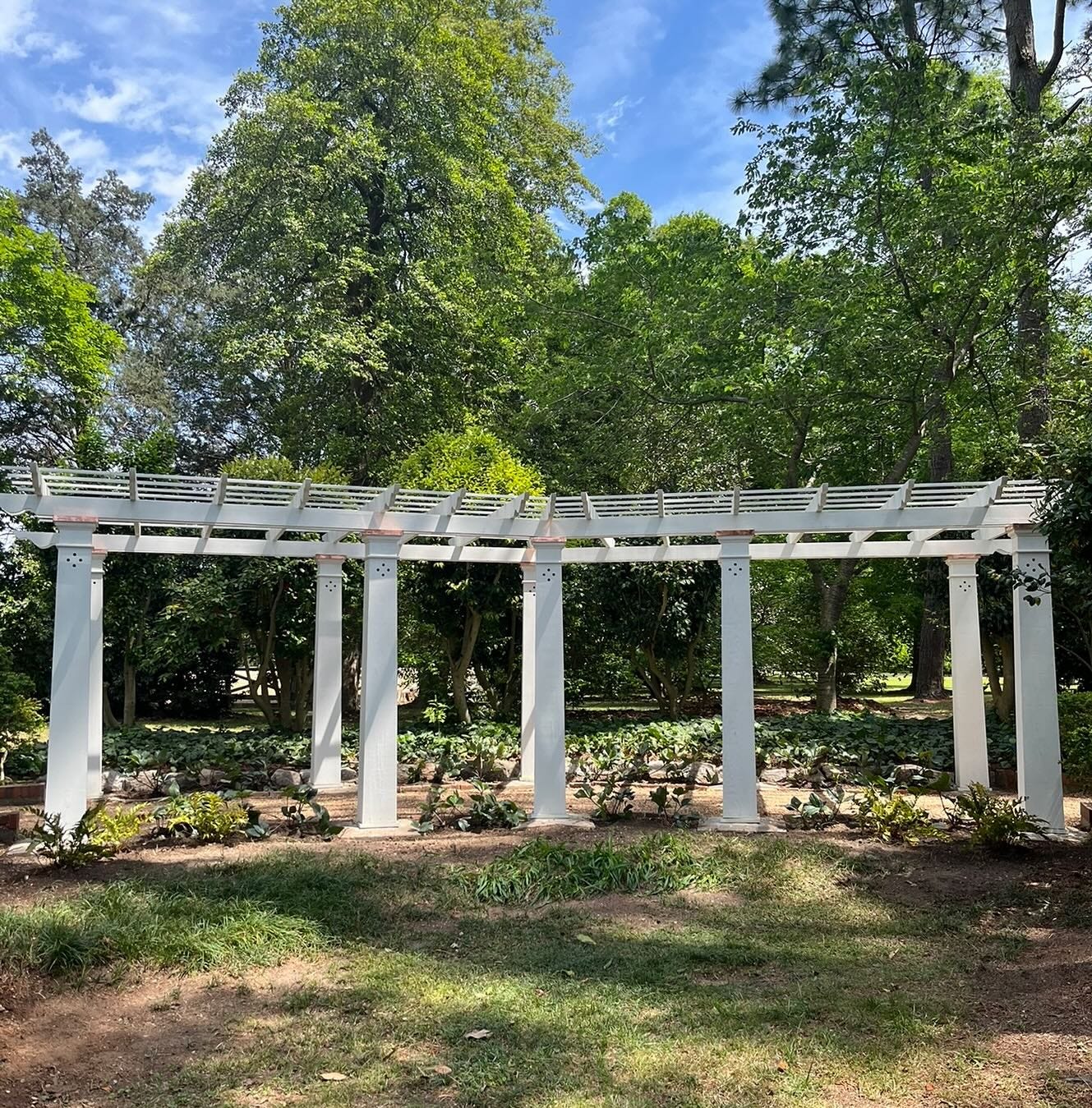
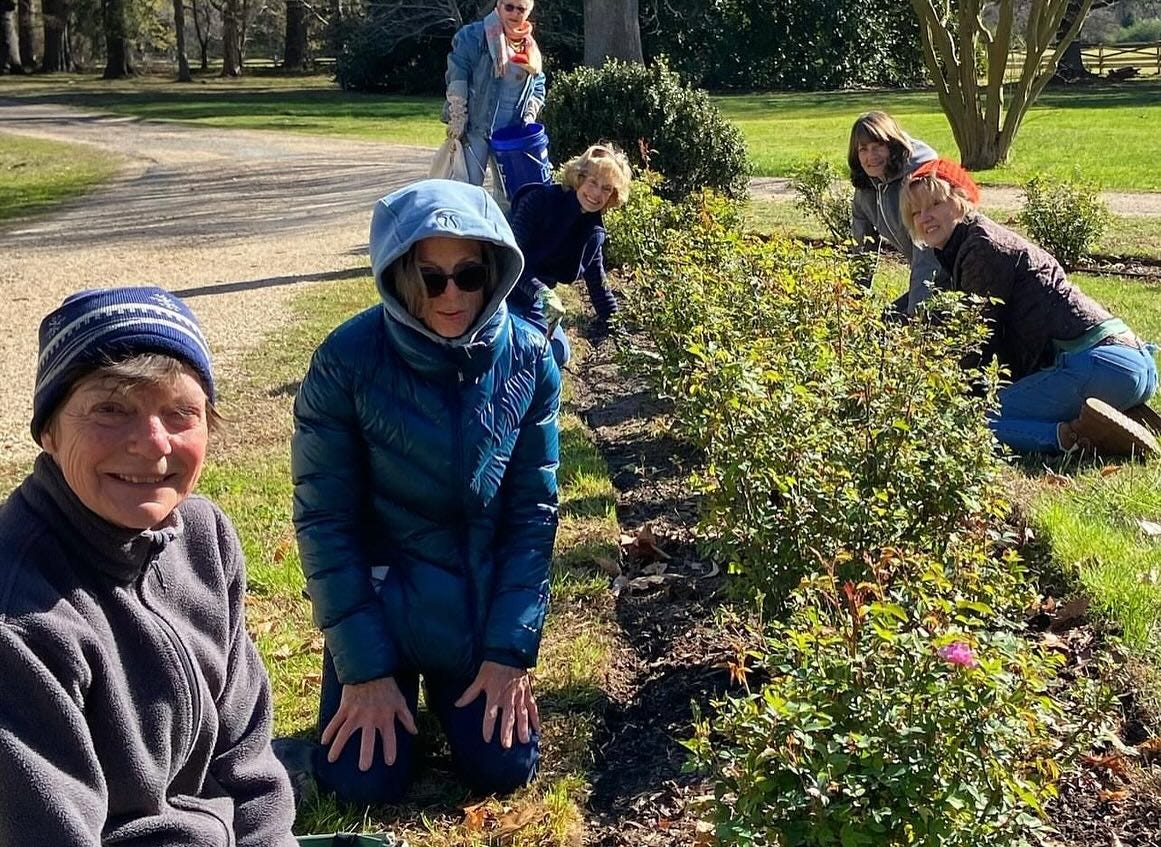
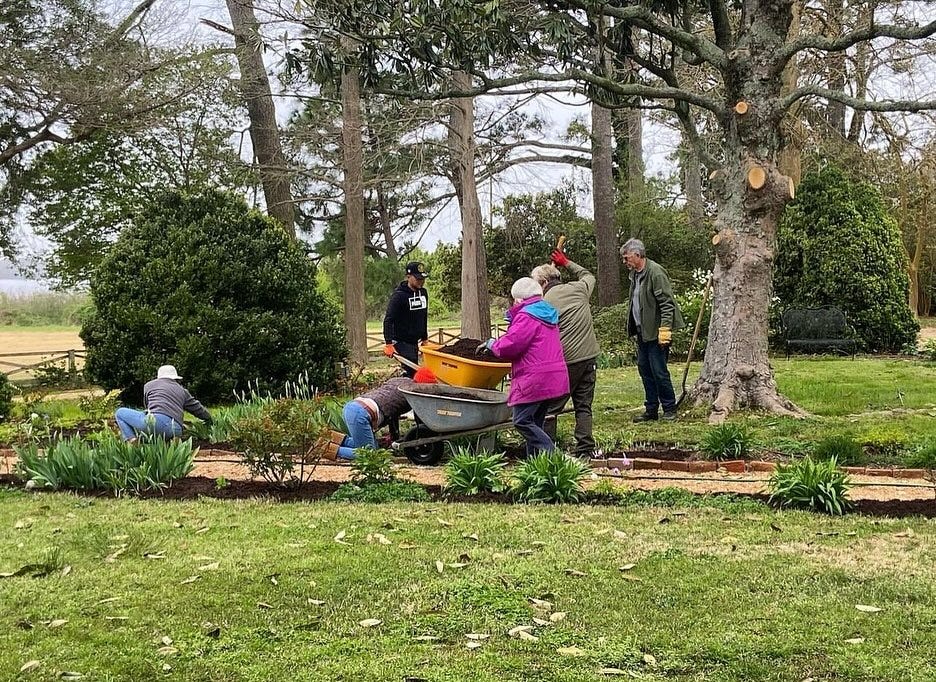
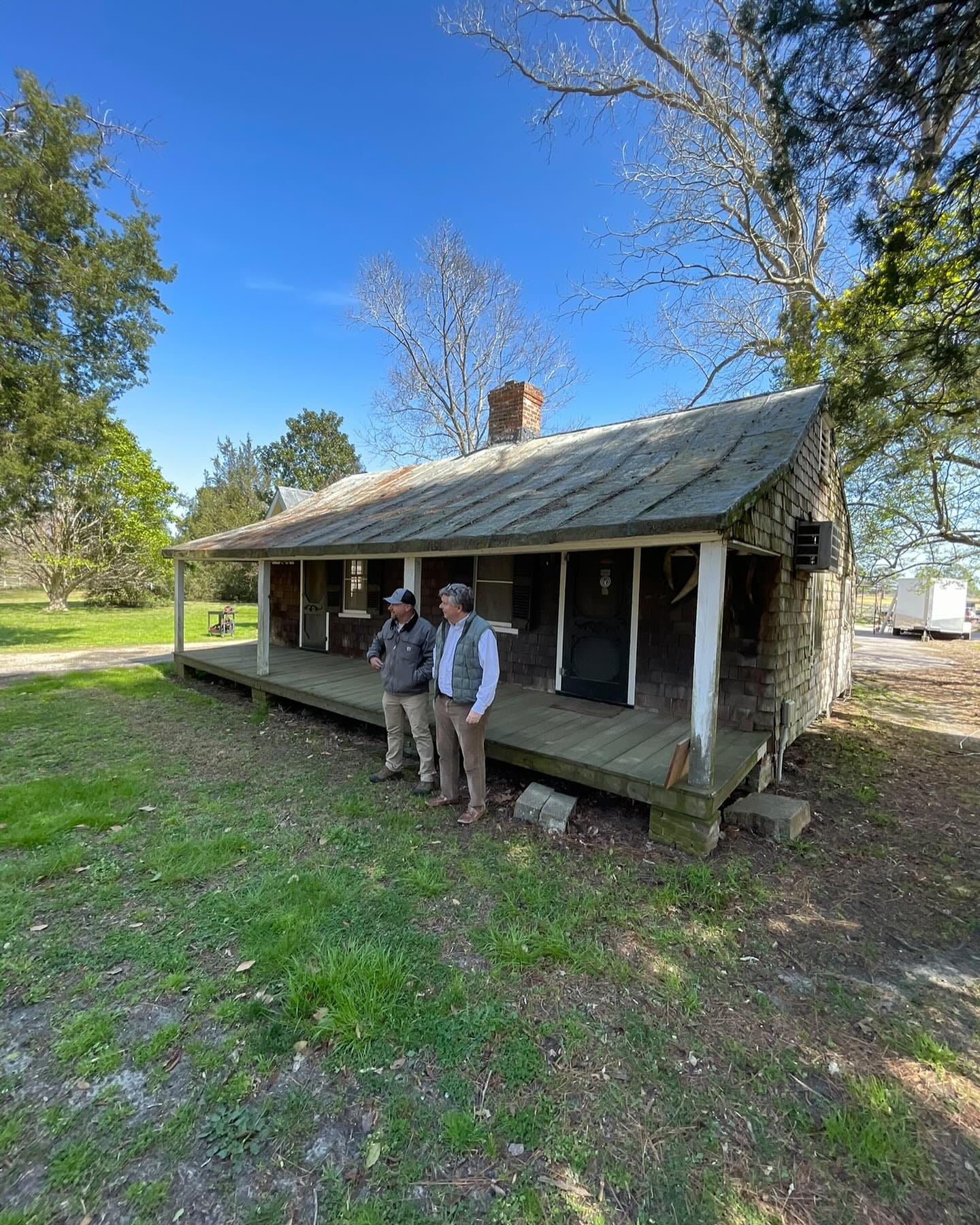
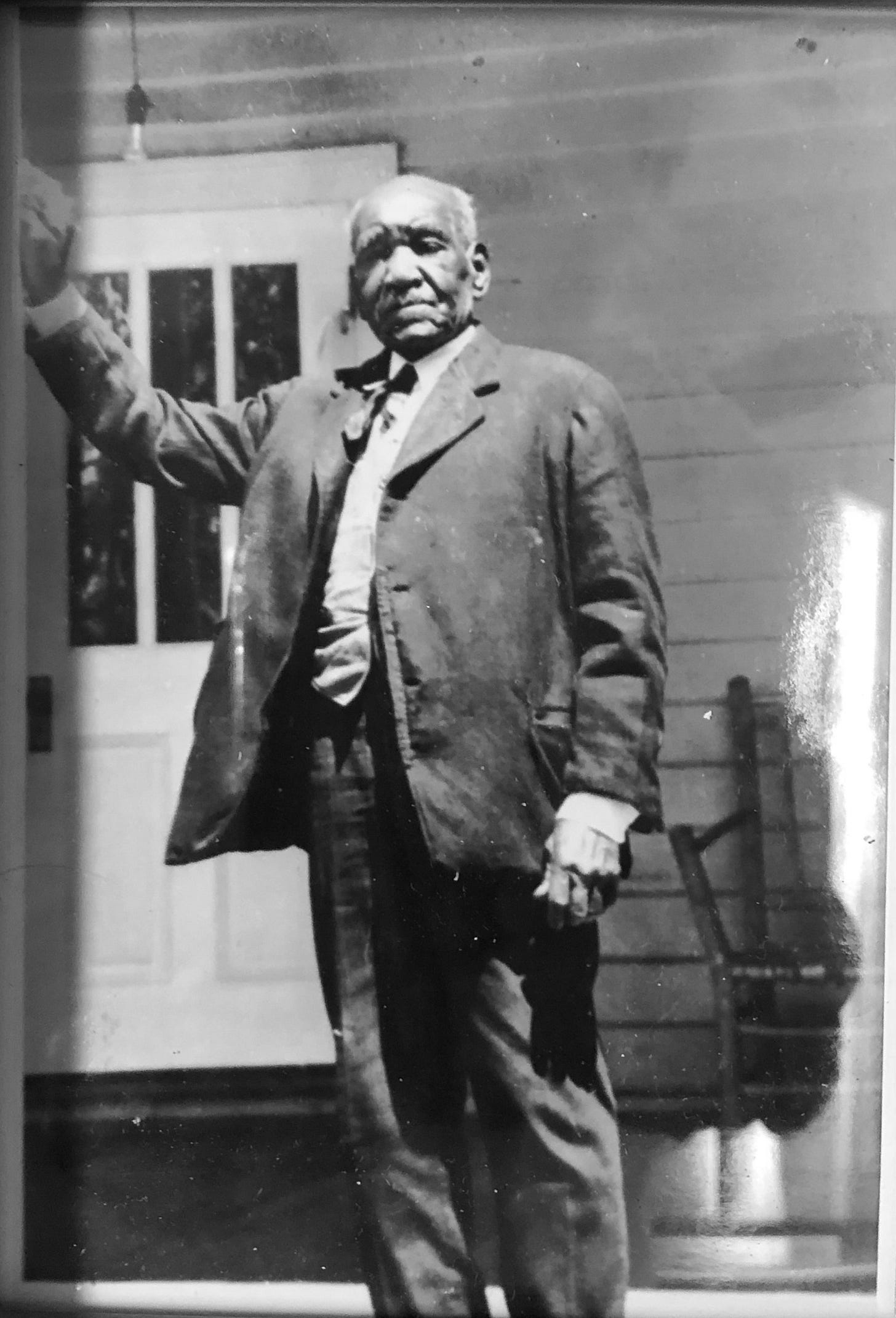
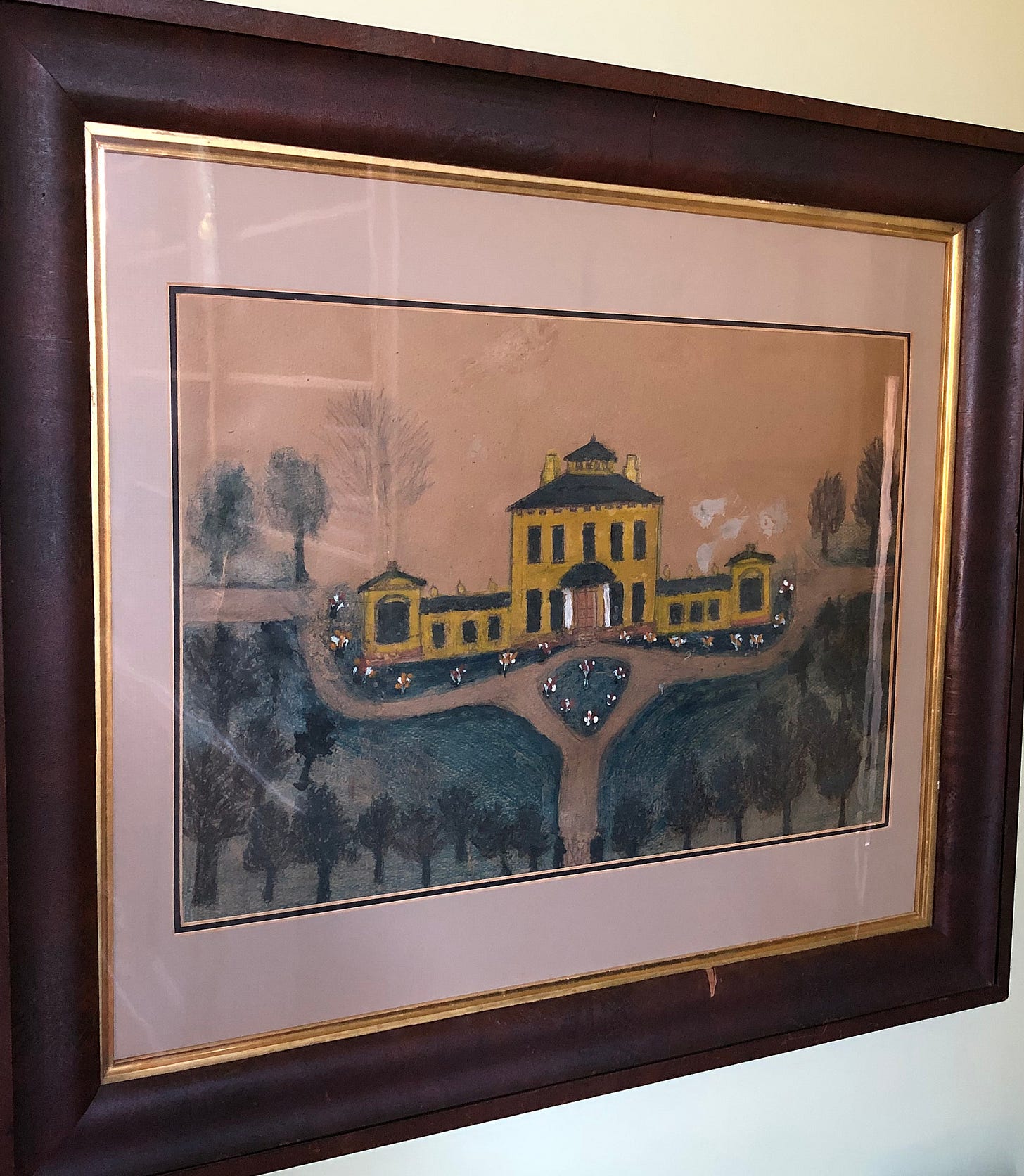
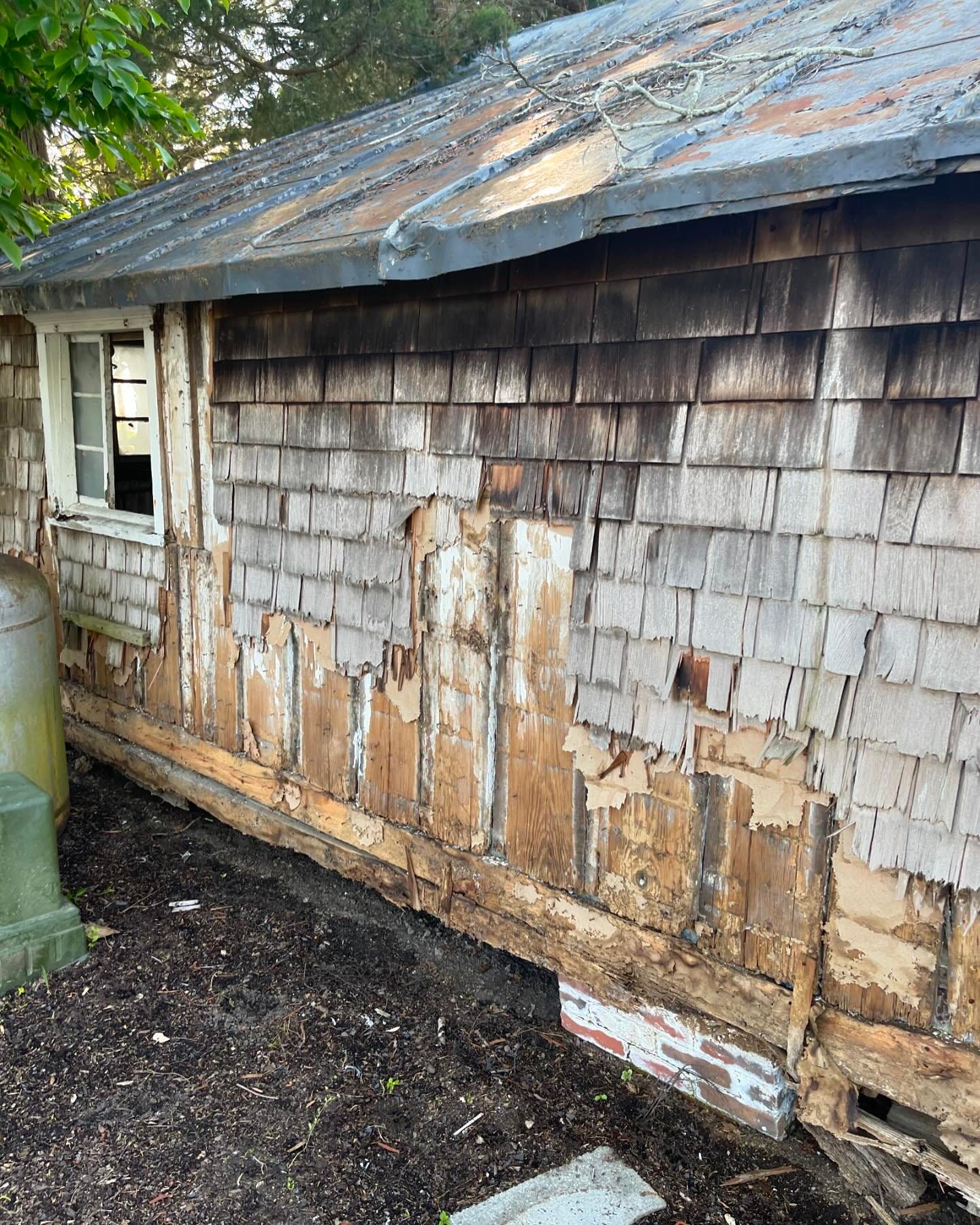
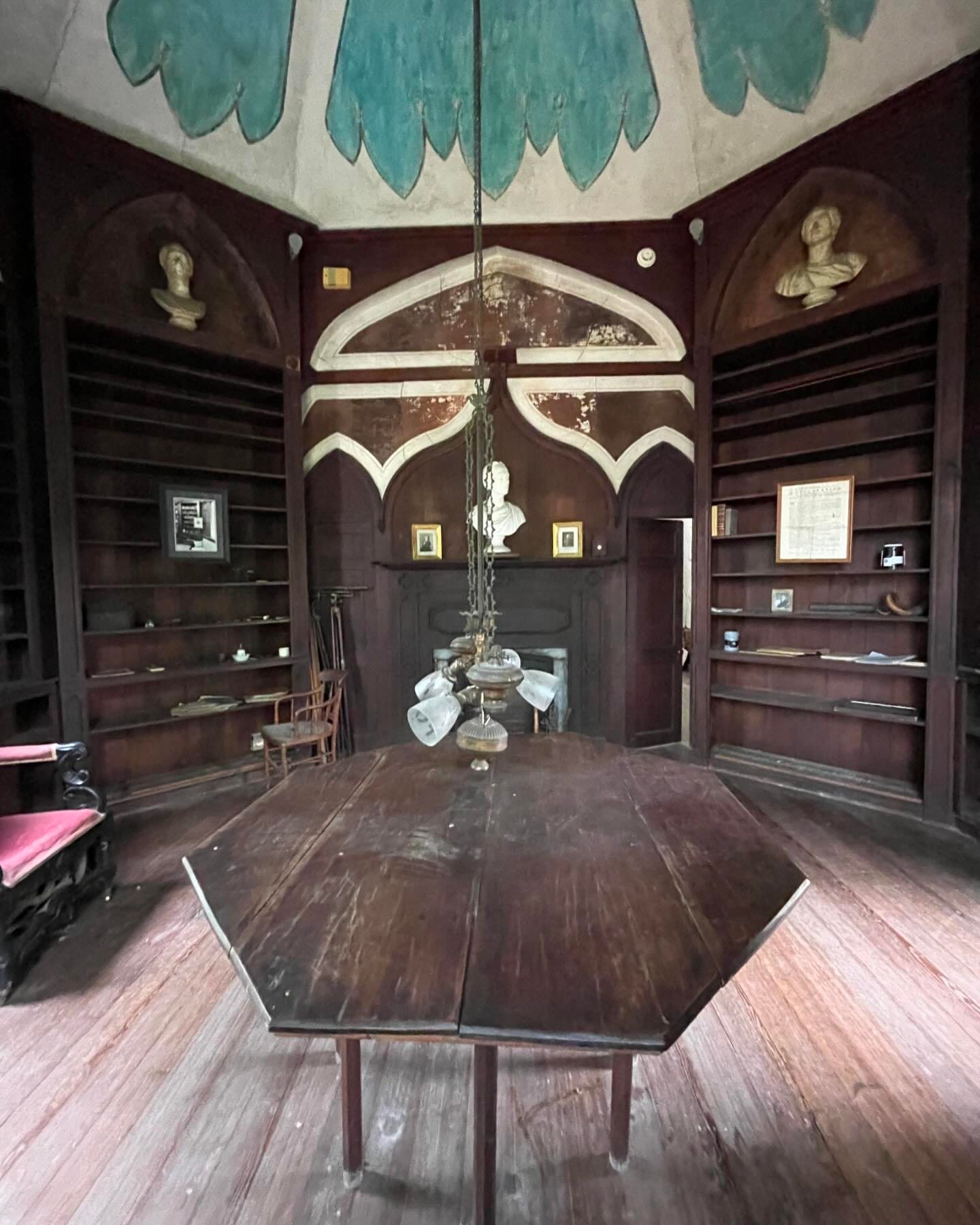
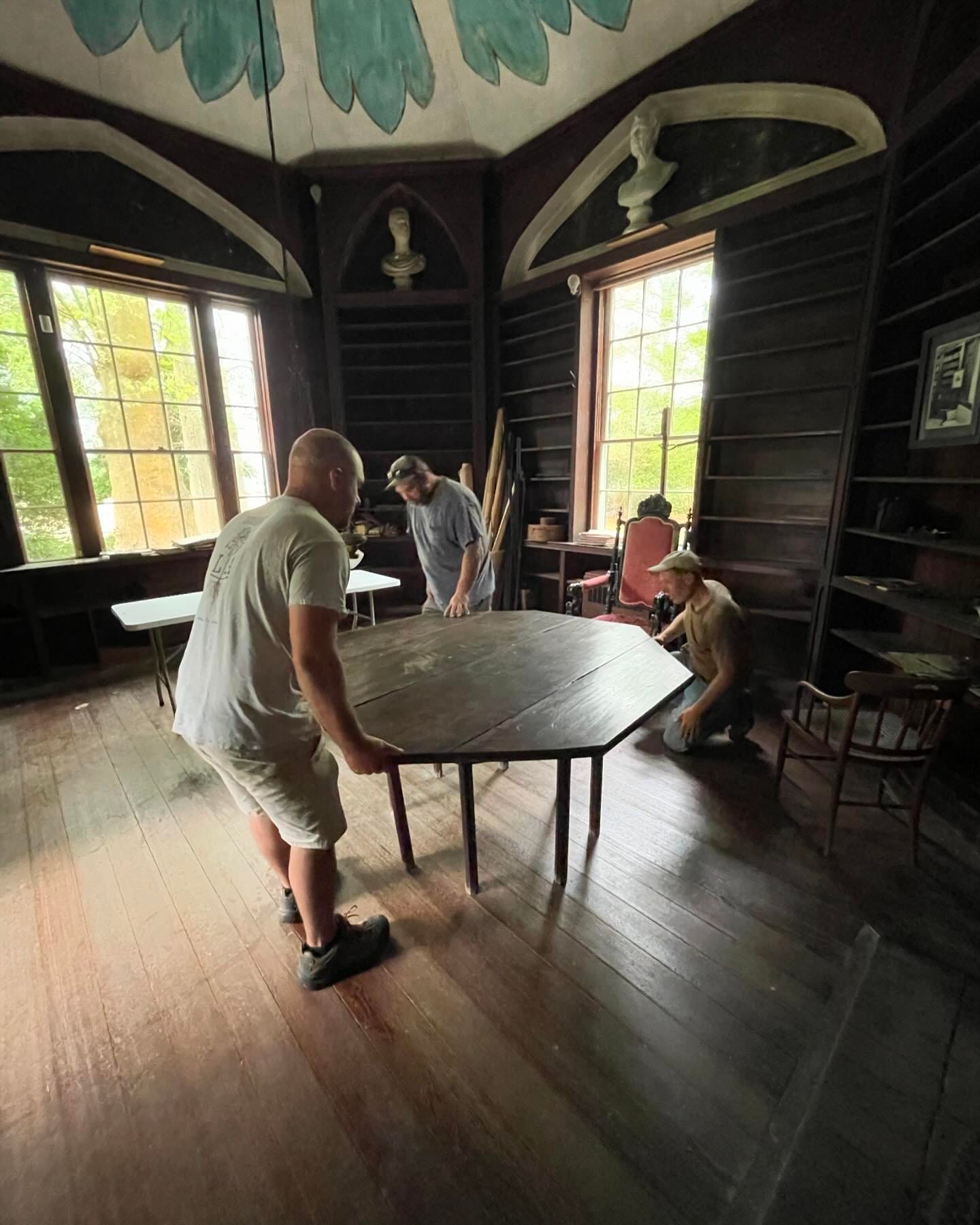
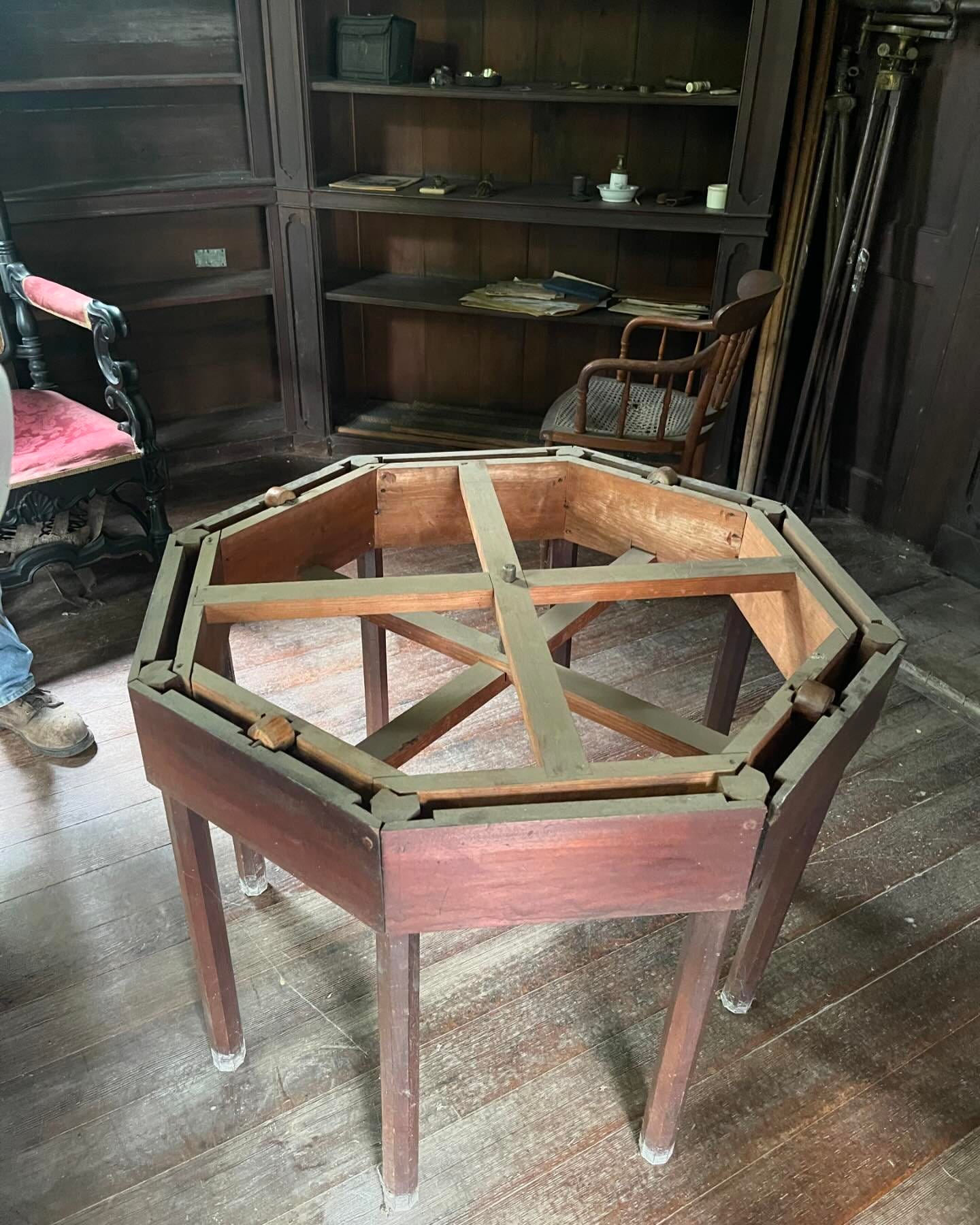
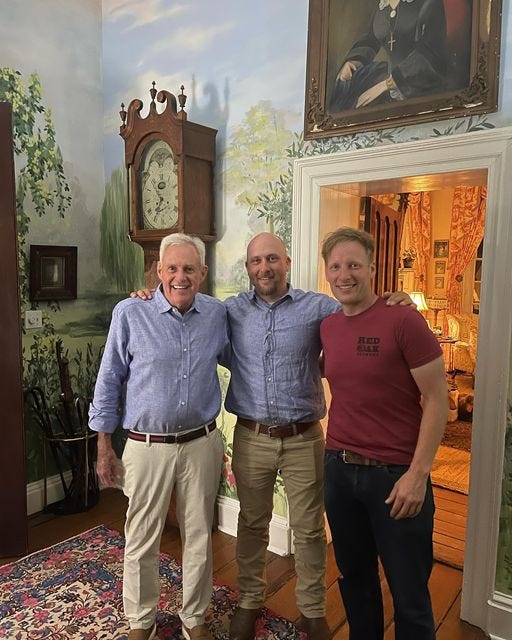
Fantastic story! Things like this bring much hope. Thank you
I need to visit